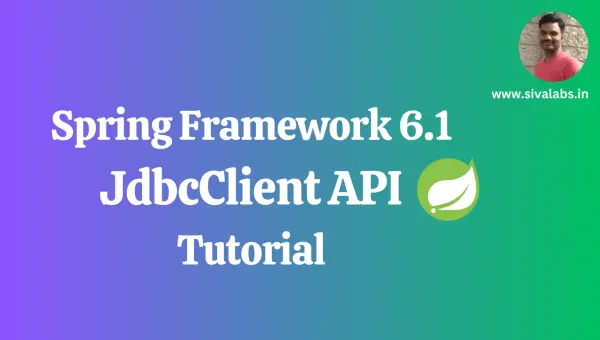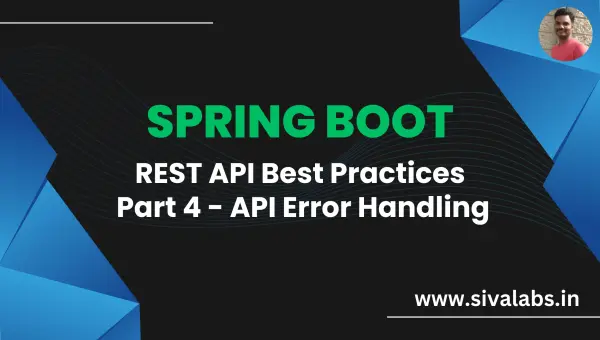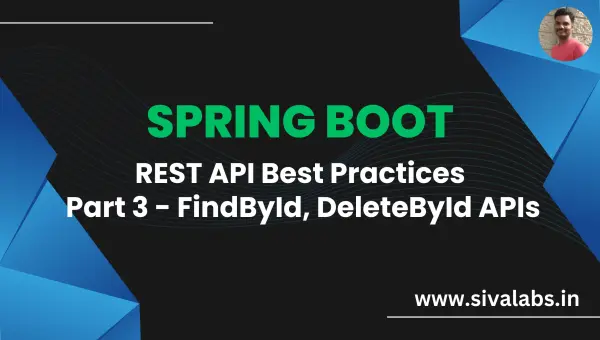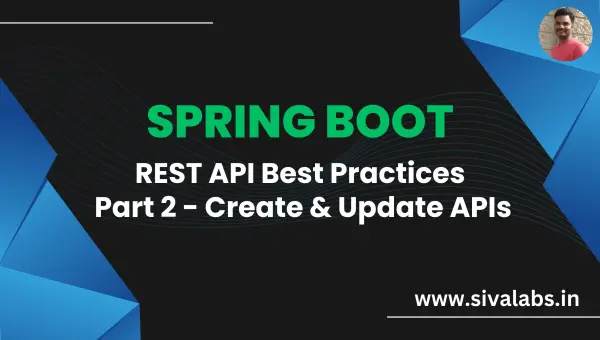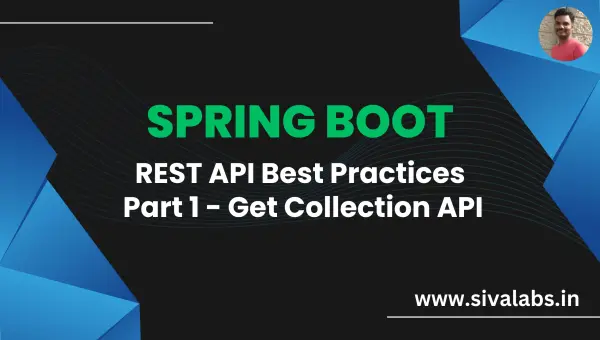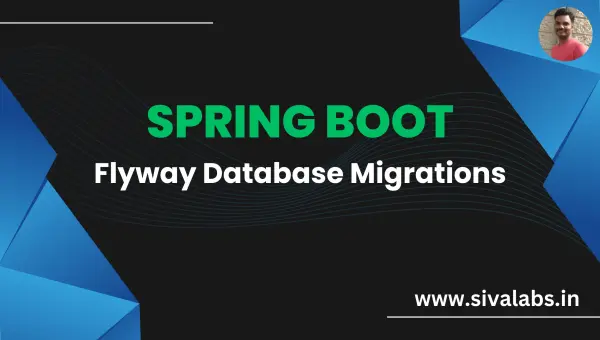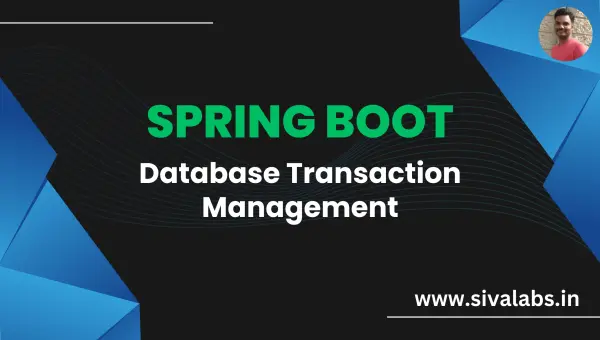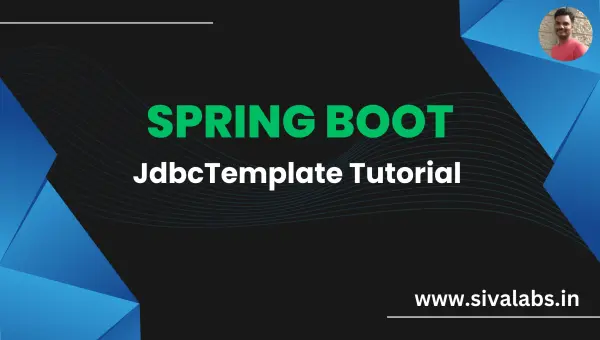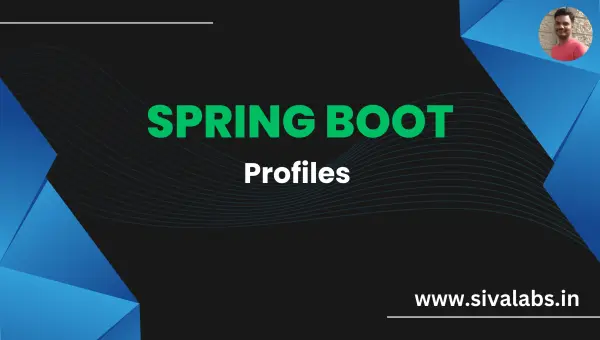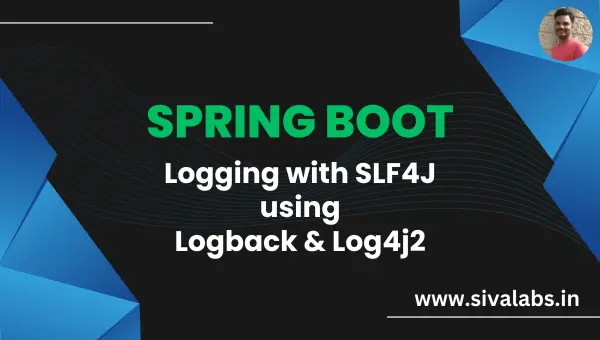Spring framework 6.1 introduced a new JdbcClient API, which is a wrapper on top of JdbcTemplate, for performing database operations using a fluent API. Spring Boot 3.2 includes Spring framework 6.1, so let’s take a quick look at how we can use JdbcClient to implement various database operations in a simplified manner. First, let’s go to https://start.spring.io/ and create a Spring Boot application by selecting Spring JDBC, PostgreSQL Driver, Flyway Migration, and Testcontainers starters.
Continue reading »